How often should I water my Christmas cactus? This is the watering schedule your holiday plant needs, plus when to spot the signs it's had too much
Make sure you're neither neglecting nor killing your plant with kindness by getting the watering spot on
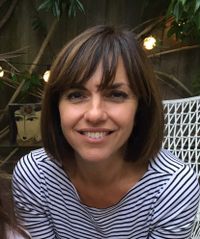

If you are wondering how often you should water your Christmas cactus, it's likely that you're new to caring for this festive staple, and haven't quite got its watering routine right yet.
The signs you're getting it wrong? Overwatered Christmas cacti go limp and the leaves might yellow; underwatered Christmas cacti might shrivel and go brown. As a rule, Christmas cacti only need watering every two to three weeks. However, knowing when to water Christmas cactus and when to hold off can vary household to household, and depend on the temperature of your home and where you choose to keep your seasonal cactus.
The crucial factors that will help you pin down exactly how often to water your Christmas cactus are listed below, with advice from top plant experts.
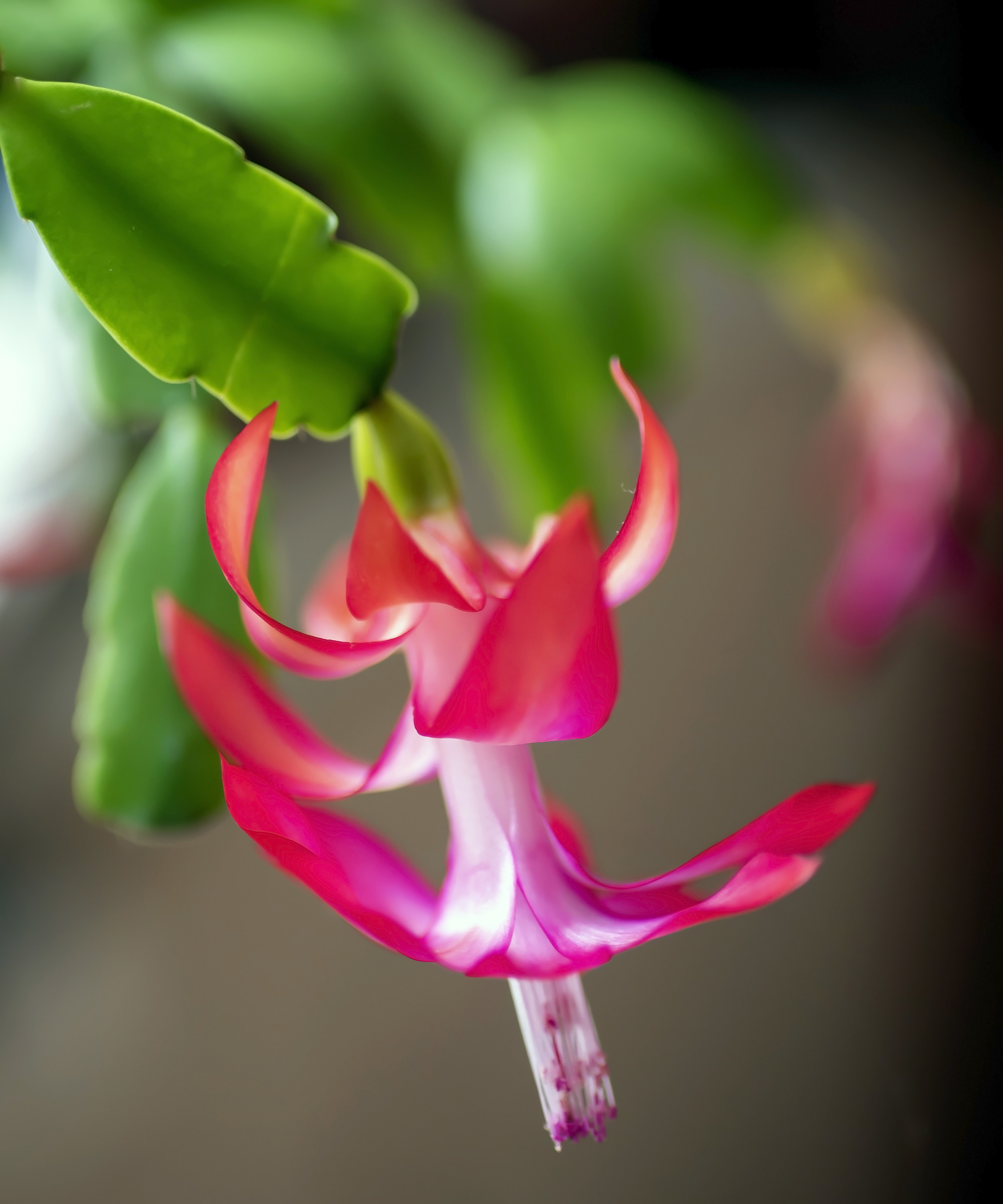
How often should I water my Christmas cactus?
The secret to growing Christmas cactus successfully is getting the conditions just right. Your watering routine is an important part of this, and doing this every 14 to 21 days should guarantee a healthy plant.
However, these are the factors which might affect how you adjust your watering schedule.
Water every 2-3 weeks when conditions are right
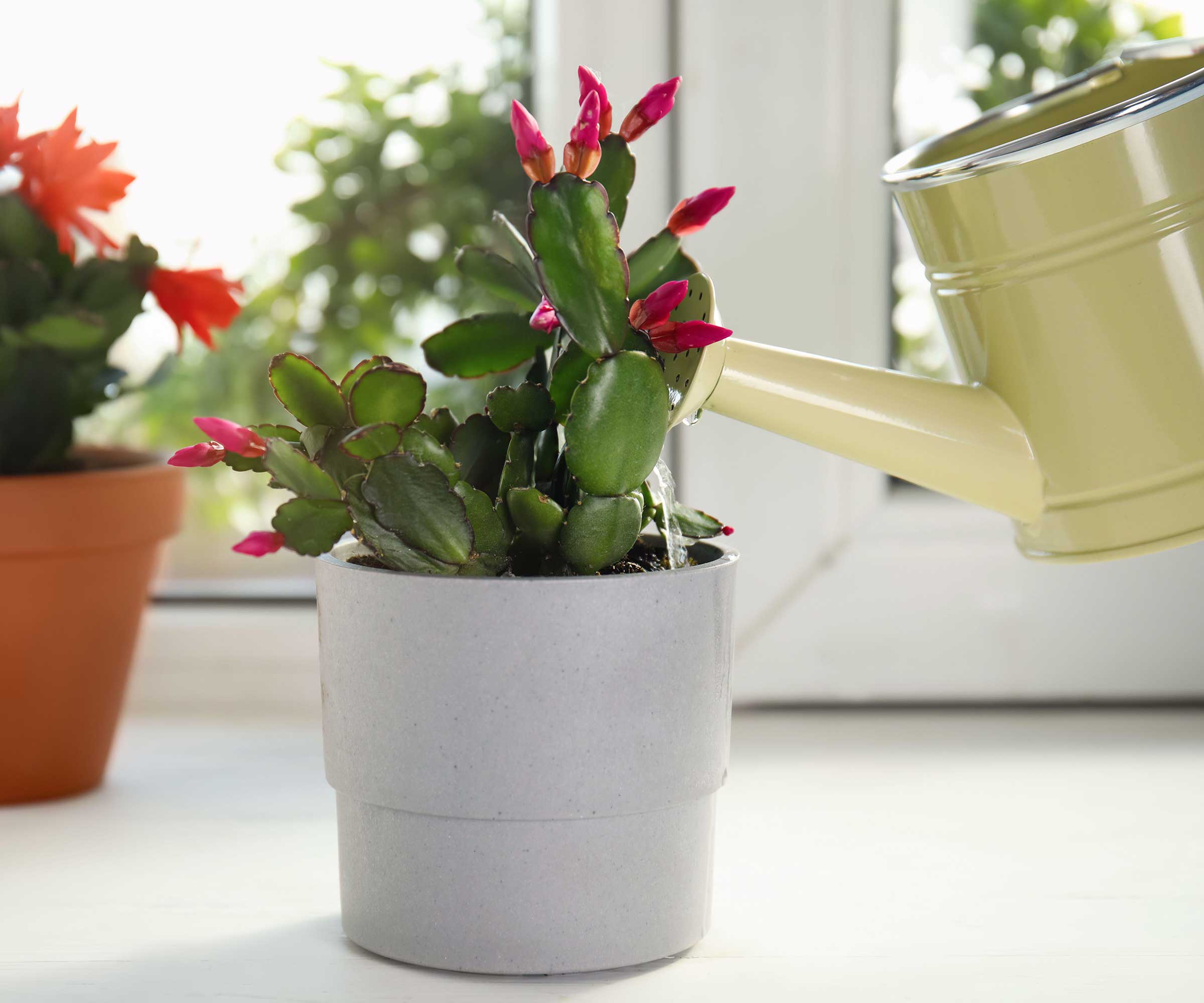
Ensuring the potting soil is well-draining and loose will mean that you can stick to the 14-21 watering routine for your Christmas cactus.
'Christmas cactus likes its soil to be gently moist, but definitely not waterlogged,' says Rachel Bull, head of gardens on Homes & Gardens, and houseplant fanatic. 'A blend of two parts compost, with one part fine bark and one part grit, such as this from Amazon, or pumice, will ensure no excess moisture or residue hangs around the delicate roots after watering.'
Design expertise in your inbox – from inspiring decorating ideas and beautiful celebrity homes to practical gardening advice and shopping round-ups.
The size of your container, the light levels and room temperature can also affect how healthy your Christmas cactus will be and how often you will need to water it.
'Holiday cacti grow best when they are placed in a location with partial shade, such as an east or west facing window, with a temperature between 70F and 80F,' say the plant experts at the University of New Hampshire.
'Exposure to too much bright sunlight, especially in the summer months, can burn the foliage and not enough light can slow growth and cause the soil mix to dry too slowly. When in doubt, err on the side of under-watering as opposed to over-watering.'
Water when the top half of the soil feels dry
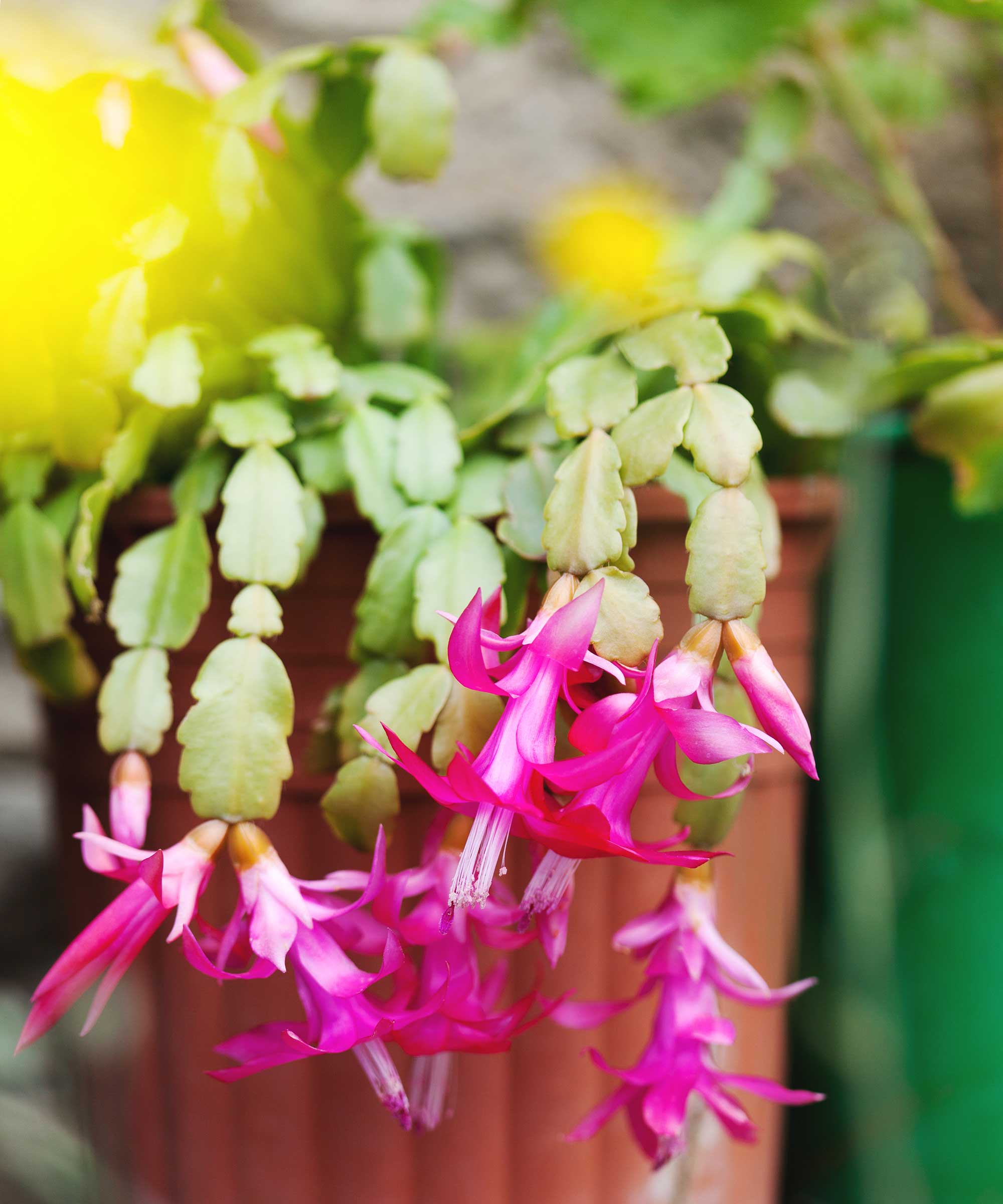
Christmas cacti aren't dessert cacti, but tropical forest cacti, so they shouldn't be treated as drought-loving.
You can let the soil dry out, and then do the finger dip test, as Rachel explains: 'This is my favorite (and the quickest) way to test if my plants need a drink. Simply place your index finger into the potting soil up to your second knuckle, and if it feels completely dry give your plant a good drink.'
You can also invest in a moisture meter, such as this great value plant gadget from Amazon, which will tell you how much moisture is in your soil and is a great indicator that it's time to water.

Rachel is a gardening editor, flower grower and floral designer. Her journalism career began on Country Living magazine, sparking a love of container gardening and wild planting. After more than a decade writing for and editing a range of consumer, business and special interest titles, Rachel became editor of floral art magazine The Flower Arranger. She then trained and worked as a floral designer and stylist in London for six years, before joining the Homes & Gardens team.
Do not water while the pot is waterlogged
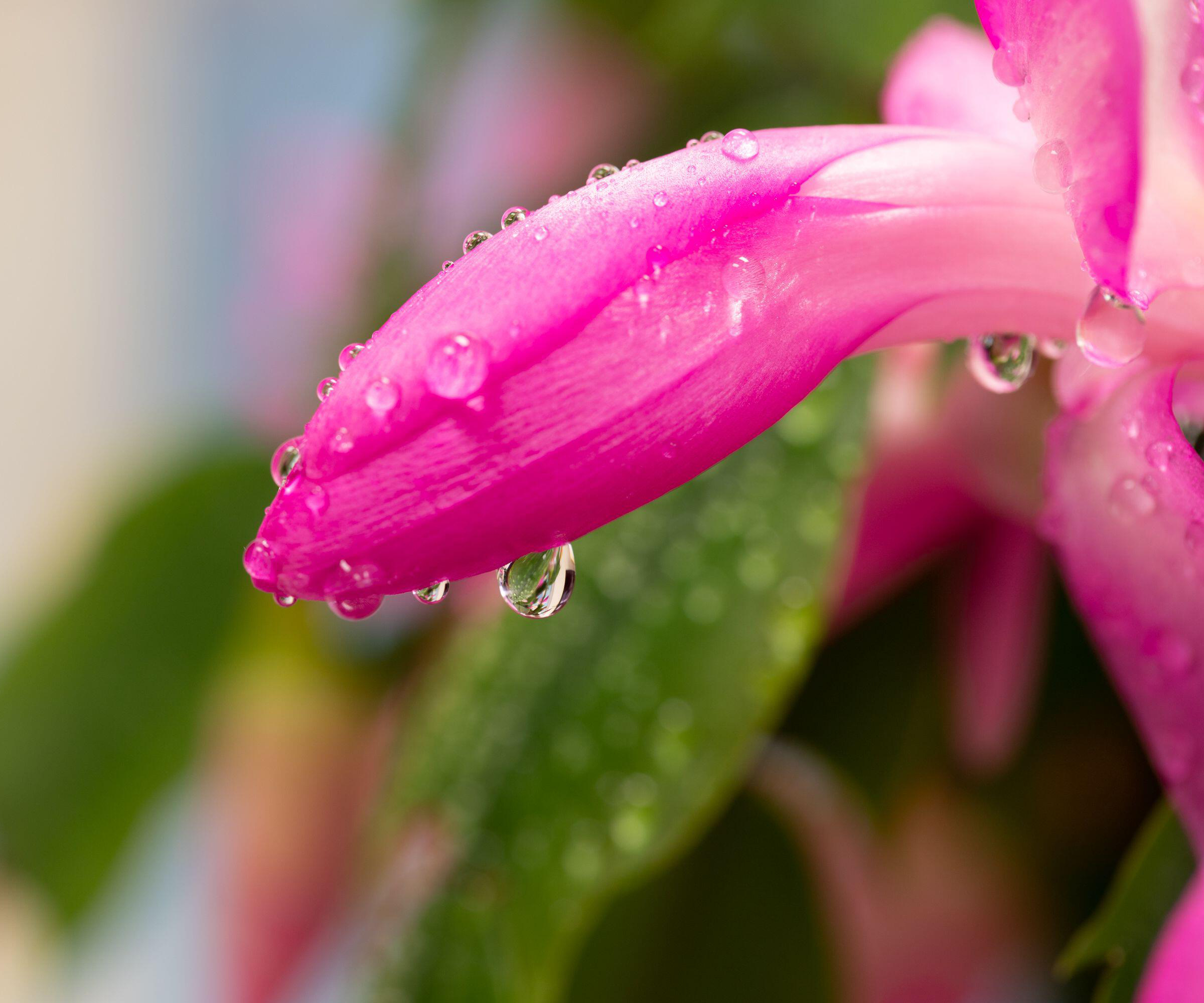
The ideal when watering your Christmas cactus is to soak the soil and allow the water to run through and out of the bottom of the pot. Once that's done, ensure the cactus does not sit in water; allowing it to do so will over-saturate the roots, which will make them liable to root rot and would be a Christmas cactus mistake.
If you discover that your Christmas cactus has been sitting in water, lift it out of the pot, snip off rotting roots before washing the remaining roots. Then repot and allow the plant to dry out a little, before performing the finger dip test ahead of watering again.
Signs of over-watering in a Christmas cactus
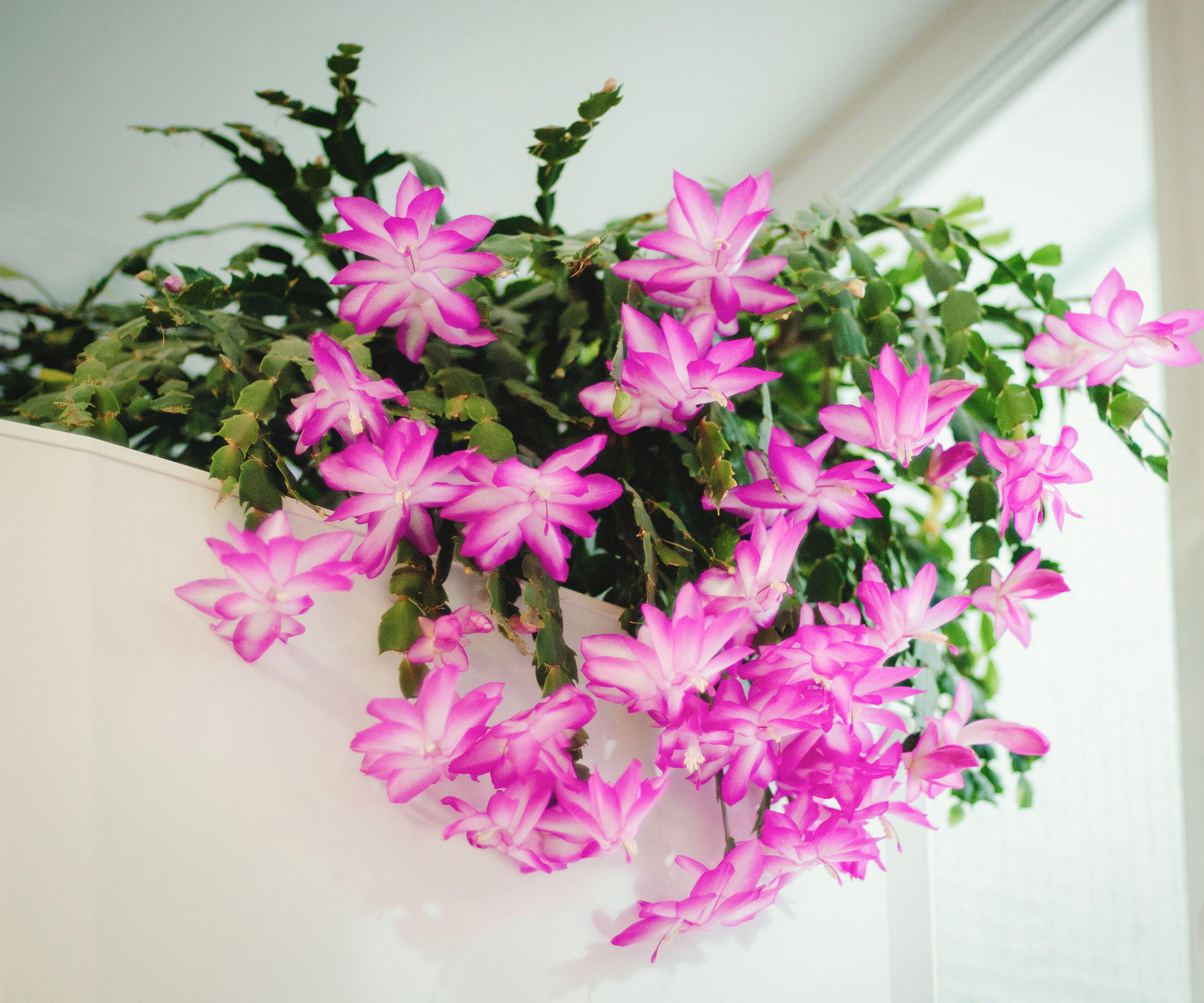
Signs that your Christmas cactus is overwatered are black or red spots, yellow leaves and if your plant is turning limp.
Christmas cacti are succulents, so they tend to not need a lot of water. If the soil is wet and you haven't recently watered it, or if there's a pool of water around the base of the pot, your plant is likely to be sitting in too much moisture.
Excess moisture can cause the roots to suffocate. 'As roots die, they’re not able to absorb enough moisture from the soil to sustain the plant, causing it to go limp,' explains horticulturist Justin Hancock of Costa Farms.
'If this is the case, then pop your plant out of the pot to help it dry out a little faster – the more exposed soil there is, the faster moisture will evaporate. Once it’s just barely moist, pot it back up.'
As well as being limp, overwatered Christmas cactuses can have yellow leaves – similar to when snake plants turn yellow. You may wish to repot your Christmas cactus into fresh, dry soil if it is seriously struggling.
Ensure the compost you're using has adequate drainage, such as this dedicated Christmas cactus potting soil from Amazon. As you repot your plant, check for signs of root rot and remove any areas that are affected.
A moisture meter, available from The Sill, is a useful way to gauge when your plant needs a top-up of H2O.

Justin Hancock is a Costa Farms horticulturist with over 25 years in the industry. A plant enthusiast and educator, he has a degree in horticultural science and has worked in garden centers and botanical gardens, as a garden designer, and in garden publishing (including at Better Homes and Gardens). He has experience gardening across the country, from Minnesota to Miami to Oregon. Justin is also co-host of the Costa Farms podcast Plant Rx.
FAQs
How do you tell if a cactus is underwatered?
Wrinkled, calloused and puckered leaves, and discoloration (browning) are all signs of a Christmas cactus being underwatered.
If you are concerned you may have been giving your Christmas cactus too much liquid, do not fret. There are ways to save an overwatered Christmas cactus, as we reveal in this expert guide.
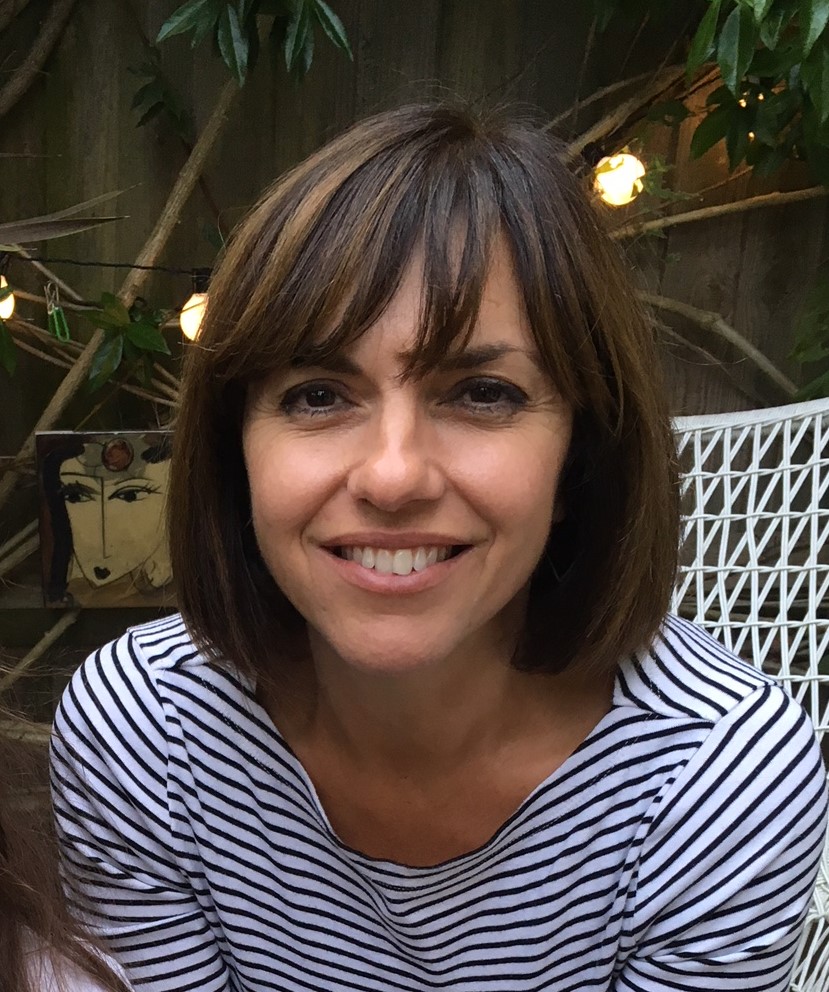
Lucy Searle has written about interiors, property and gardens since 1990, working her way around the interiors departments of women's magazines before switching to interiors-only titles in the mid-nineties. She was Associate Editor on Ideal Home, and Launch Editor of 4Homes magazine, before moving into digital in 2007, launching Channel 4's flagship website, Channel4.com/4homes. In 2018, Lucy took on the role of Global Editor in Chief for Realhomes.com, taking the site from a small magazine add-on to a global success. She was asked to repeat that success at Homes & Gardens, where she has also taken on the editorship of the magazine.
